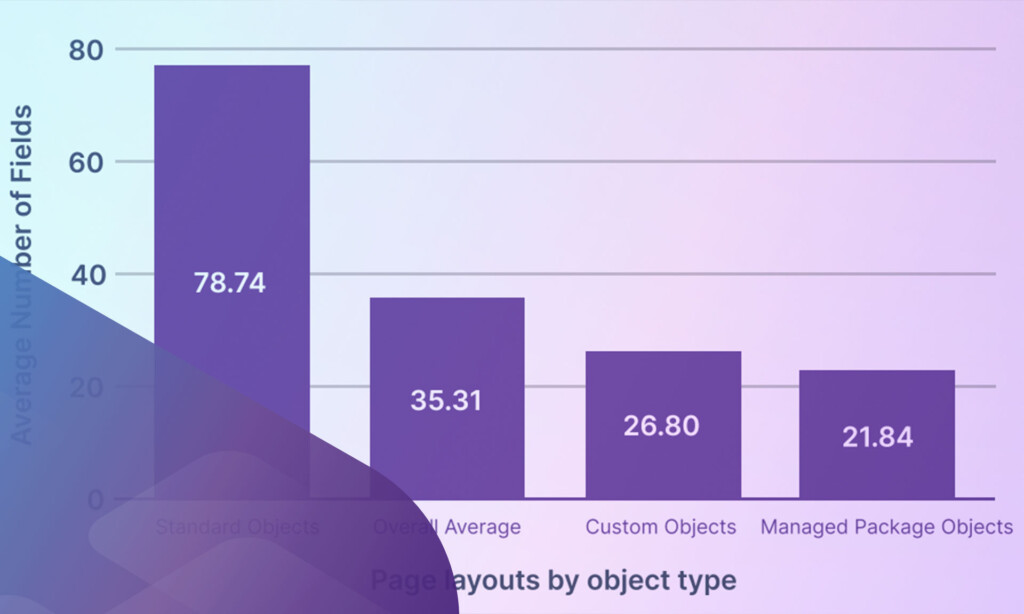
Driving change faster: the new category of Change Intelligence
The journey of software entrepreneurs often revolves around defining innovative categories. It’s a path filled with aspirations and sometimes, intense fixation, reminiscent of stories from recent films like ‘Blackberry’ or the unfolding events at companies like Theranos, FTX, and WeWork.
For investors, backing a company that leads to a new category, is a golden opportunity. Harvard Business Review, highlights that such pioneering companies contribute significantly to revenue and market capitalization growth. However, carving out a new category is a formidable challenge.
Companies that were instrumental in creating categories accounted for 53% of incremental revenue growth and 74% of incremental market capitalization growth
Harvard Business Review
Category creation is hard
The founders of Gainsight, who spearheaded the Customer Success category, candidly advise against carving out a new category. Their insightful and engaging presentation, explains how to recognize if you’re a category creator and the requisites for success. Creating and then dominating a category, isn’t a surefire success. The phrase “the second mouse gets the cheese,” rings true here. A category comes to life when multiple software vendors, often around eight or more, validate it through their co-opetitive (cooperative yet competitive) nature. These vendors, essentially frenemies (friends yet enemies), work together to elevate the category’s recognition, especially when it’s still unknown and lacks dedicated budgets. A category is considered established when it’s recognized by analysts with a dedicated Magic Quadrant and a TLA (three letter acronym).
Many might think that all significant enterprise SaaS app categories are already established – CRM, ERP, PLM etc. While AI is poised to create new categories, it’s an emerging enterprise SaaS category that has been hiding in plain sight, now made even more relevant by AI. This category is still defining its boundaries, with various vendors offering overlapping capabilities from different perspectives. Analysts will eventually set the core functionalities for this category. This emerging category, now amplified by AI, addresses a monumental challenge that has hindered digital transformation projects for decades.
Solving a $1 trillion problem
In 2018, $1.3 trillion was spent on digital transformations, and it was estimated that as much as $900 billion went to waste. If the historic rate of failure continues, by 2025 that would represent $2.4 trillion in waste. Various studies, including those by Bain & Company in 2017 and Boston Consulting Group in 2020, show a stark reality of unmet expectations and significant waste in digital transformation efforts, amounting to trillions of dollars.
Bain
- Only 5% met or achieved their expectations with digital transformations
- 75% reporting mediocre performance
- 20% reporting achieving less than half of the desired value
BCG
- Only 30% met or exceeded their target value and resulted in sustainable change
- Only 26% resulted in no sustainable change whatsoever and failed to achieve less than half of the desired value
Change Intelligence
The solution to this issue lies in ‘Change Intelligence’, this new category. This concept addresses the problem of organizations hastily building solutions without comprehensive planning. The advent of SaaS has exacerbated this, enabling business users to start projects rapidly, often prioritizing action over planning. The adage “failing to plan is planning to fail,” aptly describes this scenario – despite it being received with rolled eyes.
Change Intelligence enhances the planning phase by providing tools and a centralized repository, for all connected change documentation. It systematically covers key planning steps, from idea capture, to requirement validation, process mapping, solution development, impact understanding and user story creation. It is complementary to DevOps.
Change Intelligence and AI
Change Intelligence is making a big difference today, and its future looks even more exciting because of AI and GPT’s impact on software development. Experts think that in about five years, we might not need traditional coding anymore. This is because AI can understand plain language and use it to create applications. Just look at where we are now, just a year after ChatGPT came out. Change Intelligence is perfectly positioned for this disruption.
Currently, the documents we create during planning are just intermediate steps toward the final coded app. But soon, these documents might be key in coaching AI how to build apps, eliminating the need for coders. The catch is that AI needs clear, detailed, and accurate instructions because it doesn’t handle vague or missing information well. Change Intelligence is what is used to create, connect, and manage this documentation. It can be made even better with AI. It’s already doing impressive things, like:
- From a recorded conversation between a business analyst and the business users about the business process, AI can create a list of business requirements, and draw a process map. It can then identify quick wins or gaps based on industry best practices.
- Import a photograph of a process diagram on a whiteboard or a screenshot and draw a process map. And again identify ways to improve the process
- Take the process maps and an understanding of the org configuration and write the user stories and test scripts. And then make solution recommendations on how the systems could be changed.
This dream that business analysts had for over 20 years is now within reach. The big challenge is no longer about technology or cost. It’s about getting people to focus more on planning and less on just doing.
IMPACT: The Change Intelligence Summit 4-8 Dec 2023
IMPACT is a series of events for those who are responsible for driving change in Salesforce and those who are impacted by those changes. The virtual Summit 4- 8 Dec is the first in the series and e’ve brought together practitioners at the sharp end of driving change in the real world of operational and technical complexity, tech debt, and poor documentation. They will share practical approaches and tactics to drive the right changes to Salesforce more quickly, and with confidence.
Virtual Summit 4- 8 Dec is 2 sessions each day (0800 PST and 0900 PST). Each session is live and will be recorded so that it can be watched on-demand.
REGISTER and get a free front-row seat to the future of change intelligence.
Sign up for
our newsletter
Subscribe to our newsletter to stay up-to-date with cutting-edge industry insights and timely product updates.

Ian Gotts
Founder & CEOPublished: 17th November 2023






